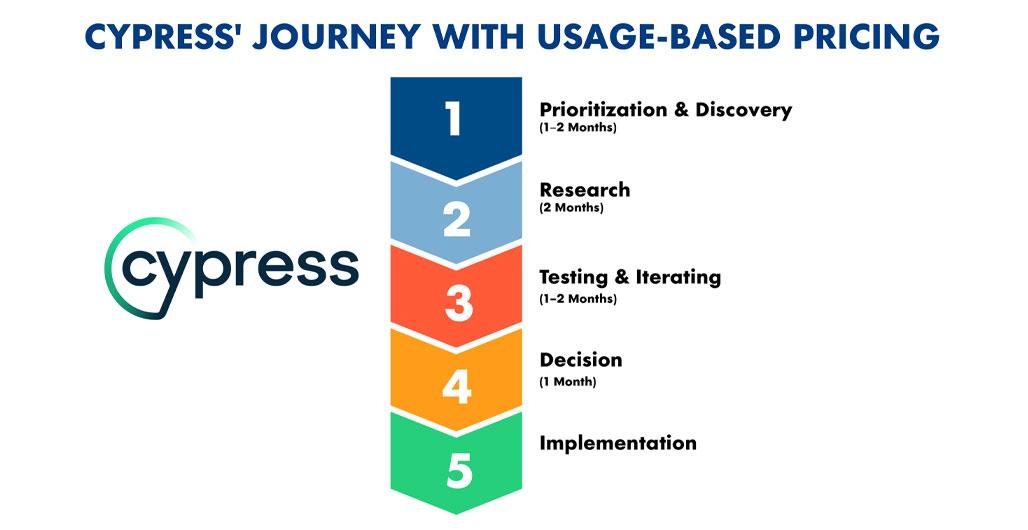In a rapidly evolving business landscape, traditional pricing models often feel like relics of the past, struggling to adapt to the dynamic needs of consumers and the complexities of market demands. As companies seek to foster deeper connections with their customers while driving sustainable growth, a fresh approach has emerged—usage-based pricing strategies. This innovative framework aligns costs directly with consumption, empowering customers to pay for only what they use while encouraging businesses to scale efficiently. In this article, we will explore the transformative potential of usage-based pricing, examining how it not only unlocks new avenues for revenue but also redefines the customer experience. Join us as we delve into the mechanics of this pricing model, spotlighting its advantages, challenges, and success stories that highlight its role in fostering a more adaptable and customer-centric marketplace.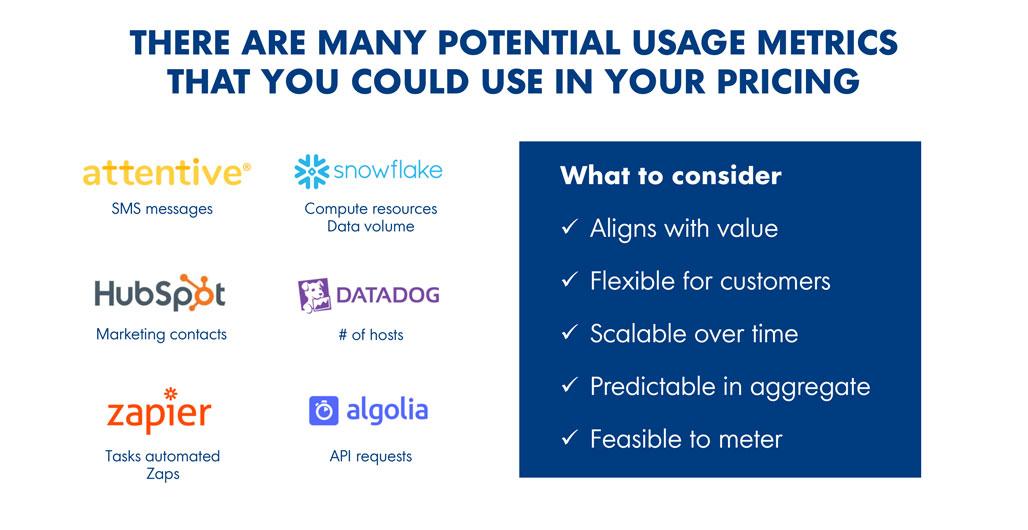
Understanding Usage-Based Pricing and Its Impact on Revenue Streams
Usage-based pricing (UBP) offers a dynamic approach to revenue generation, eschewing traditional flat-rate models in favor of aligning pricing with customer consumption. By charging customers based on their actual usage of a product or service, businesses can create a more tailored experience that appeals to varying customer needs and usage patterns. This strategy not only enhances customer satisfaction but also minimizes the risk of overcharging or undercharging, leading to a more equitable exchange. The transactional nature of UBP fosters customer loyalty, as clients perceive that they only pay for what they actually use, thus ensuring their investment aligns with their business goals. As a result, organizations often experience improved retention rates and stronger long-term relationships with their clients.
The impact of usage-based pricing on revenue streams can be profound. By transitioning to this model, companies can unlock several advantages:
- Scalability: Revenue scales with usage, allowing for more predictable cash flow.
- Differentiation: Businesses can offer tiered pricing structures catering to different segments.
- Data Utilization: Enhanced data collection on customer behaviors informs future product developments and marketing strategies.
Implementing UBP can also be reflected in the pricing table below, illustrating various pricing tiers based on usage:
| Usage Tier | Price per Unit | Features Included |
|---|---|---|
| 0-100 Units | $0.10 | Basic Features |
| 101-500 Units | $0.08 | Standard Features |
| 501+ Units | $0.05 | Premium Features |
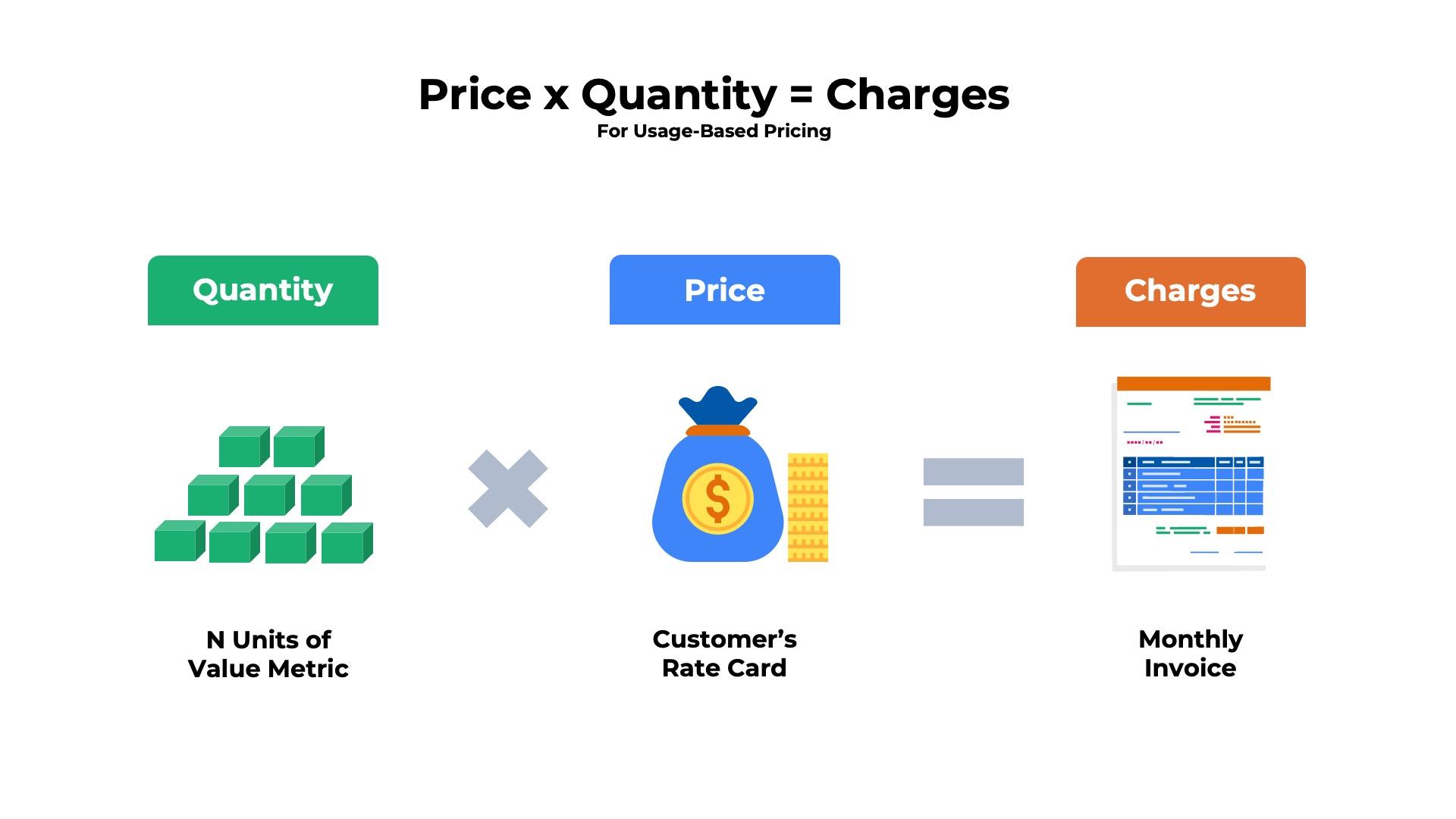
Identifying the Right Metrics for Usage-Based Pricing Success
To harness the power of usage-based pricing effectively, it’s essential to pinpoint the right metrics that align with your business goals. Consider focusing on customer engagement, which can be measured by the frequency and duration of product usage. Tracking metrics like average usage per customer, churn rate, and customer lifetime value (CLV) can provide insights into customer satisfaction and retention. Moreover, segmenting data based on different customer profiles will help identify which features contribute most to overall usage, allowing you to tailor plans that maximize value for both your customers and your business.
Another critical aspect is monitoring revenue performance metrics. This includes evaluating your Monthly Recurring Revenue (MRR) in relation to usage patterns, which helps determine if pricing adjustments are required. Keeping track of Average Revenue Per User (ARPU) will shed light on pricing effectiveness against usage rates. Additionally, setting up real-time dashboards can help visualize data trends, enhancing decision-making processes. Employing these metrics effectively ensures not only that pricing strategies align with usage but also that they evolve as your customer base grows and preferences shift.
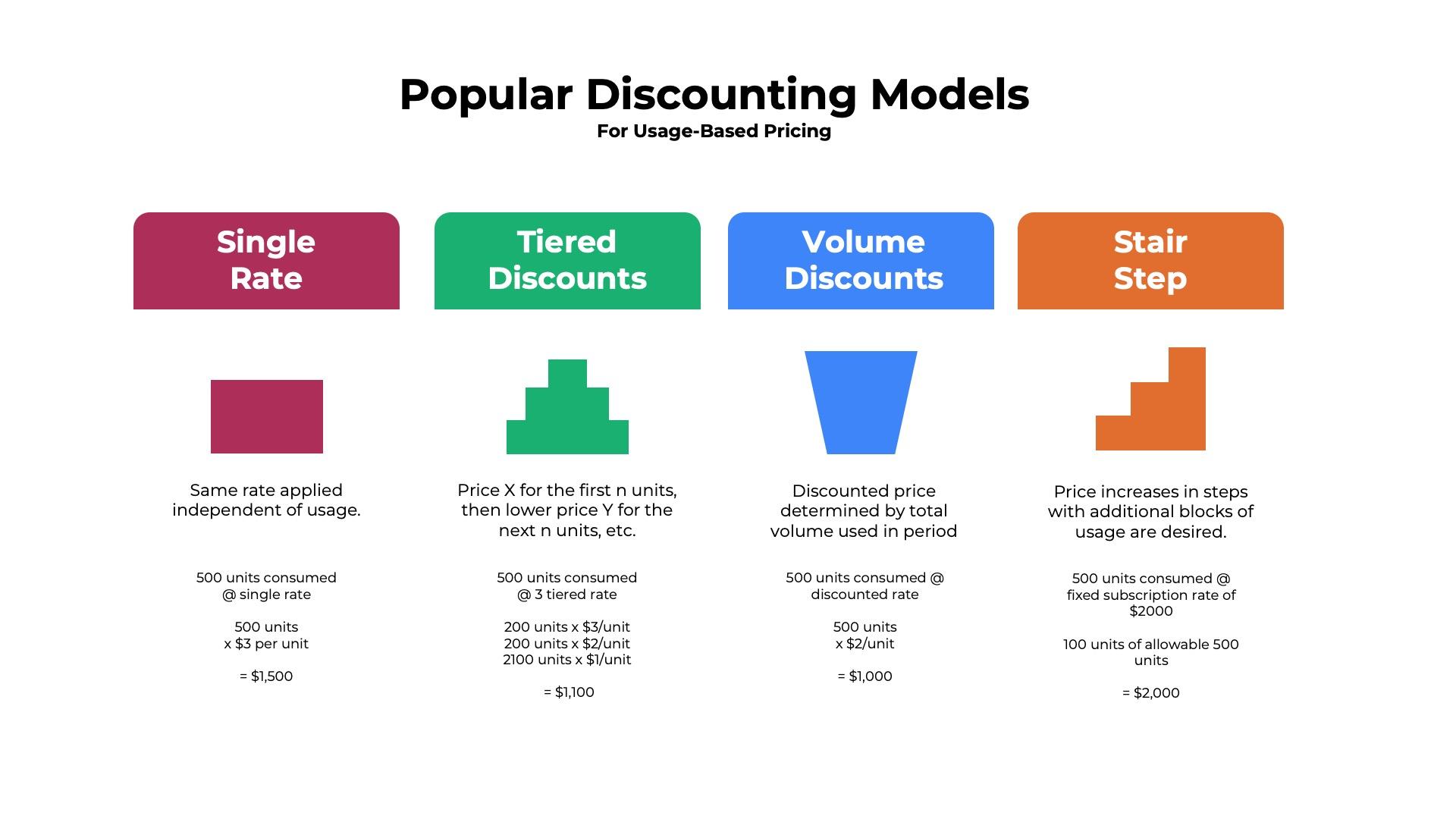
Implementing a Seamless Transition to Usage-Based Models
Transitioning to a usage-based pricing model requires careful planning and execution to ensure both your team and your customers are onboard with the changes. Start by conducting a comprehensive audit of your existing pricing structures and customer usage patterns. This analysis will help identify opportunities for implementing usage-based pricing while aligning it with customer expectations. Key steps to consider include:
- Customer Engagement: Communicate the benefits of the new model clearly to customers, emphasizing how it aligns with their needs for flexibility and cost-efficiency.
- Technology Integration: Invest in robust monitoring and billing systems that can accurately track usage and facilitate seamless invoicing.
- Training and Resources: Empower your sales and customer support teams with the knowledge and tools they need to assist customers effectively.
As you implement the new model, consider creating a phased rollout. This can help mitigate risks by enabling you to gather feedback and make adjustments along the way. For example, you can segment your user base and introduce the pricing change to a small group first, studying their responses before making wider adjustments. Providing transparent comparisons of the old and new pricing structures can also clarify the advantages of the usage-based model:
| Old Model | Usage-Based Model |
|---|---|
| Flat fees | Pay for what you use |
| Rigid tiers | Flexible spending |
| Estimations | Real-time tracking |
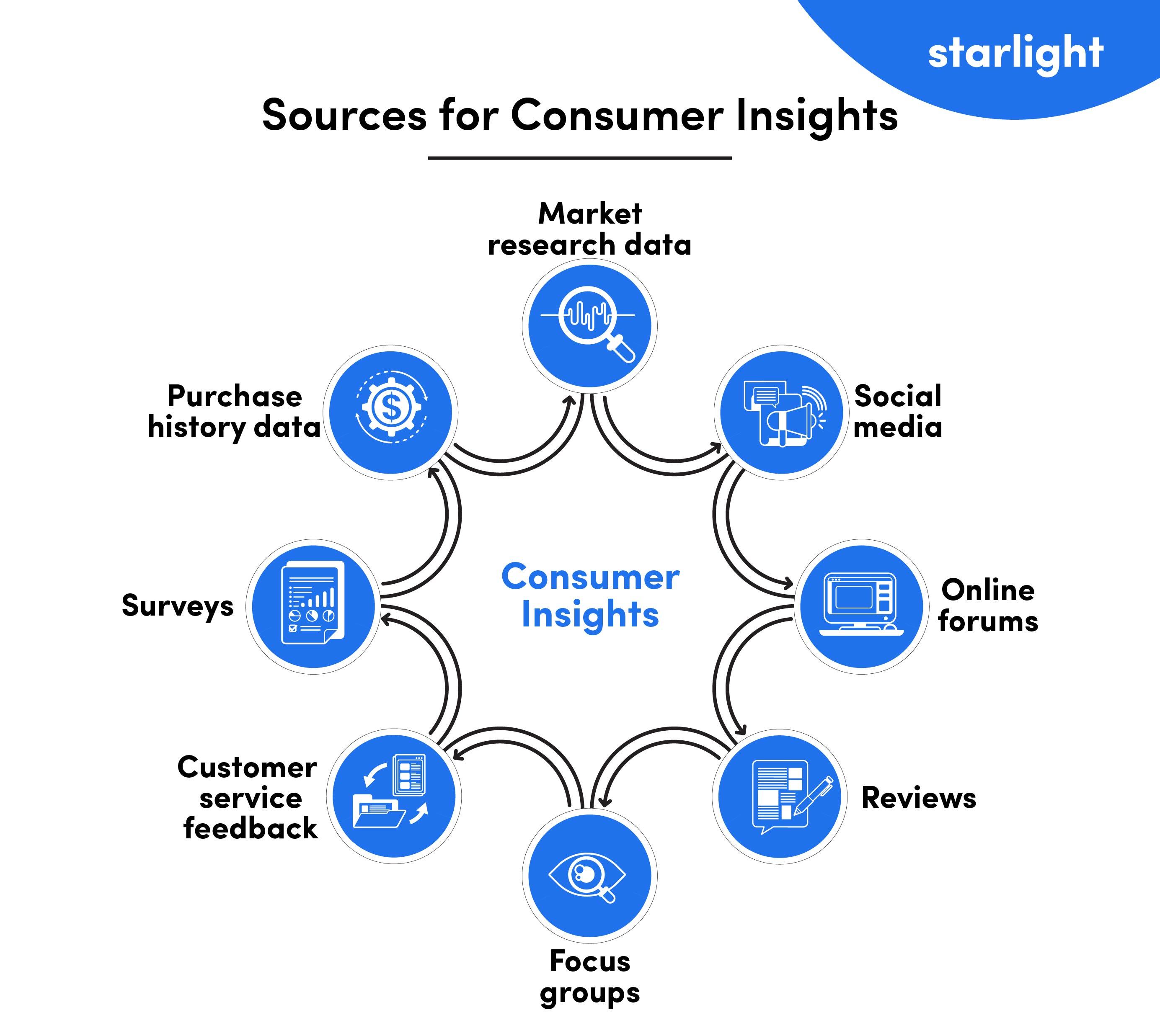
Leveraging Customer Insights to Optimize Growth Through Usage-Based Strategies
To effectively harness customer insights, businesses need to closely monitor usage patterns, preferences, and pain points. By analyzing data derived from customer interactions, companies can develop tailored strategies that allow them to identify what truly drives value for their users. This understanding enables firms to implement usage-based pricing models that align their offerings with customer behavior, enhancing overall engagement and satisfaction. Consider the following ways to leverage these insights:
- Usage Patterns: Tracking how customers utilize your product helps in adjusting pricing tiers that reflect their actual consumption.
- Feature Adoption: Understanding which features are most popular can inform pricing structures that promote the most valuable elements of your service.
- Customer Feedback: Regularly gathering feedback ensures continuous improvement and customization to meet evolving customer needs.
| Customer Insight | Actionable Strategy |
|---|---|
| High Usage of Specific Features | Consider bundling these features together at a competitive price point. |
| Underutilized Products | Introduce promotional offers or educational resources to drive engagement. |
| Customer Churn Signals | Implement targeted campaigns to re-engage users before they churn. |
Integrating these insights into a usage-based pricing strategy not only positions the company favorably in the competitive landscape but also fosters a deeper connection with customers. It’s about creating a pricing culture that is both adaptive and responsive, ensuring that customer experience is prioritized. Consequently, implementing a strategy that focuses on real usage will often lead to higher customer retention and increased lifetime value, ultimately fueling sustainable growth.
To Wrap It Up
As we conclude our exploration into the transformative realm of usage-based pricing strategies, it’s clear that this innovative approach holds the potential to reshape traditional business models. By aligning costs with customer consumption, businesses not only foster a sense of fairness and transparency but also unlock opportunities for growth that were previously unattainable.
Embracing this pricing model can lead to deeper customer relationships, enhanced loyalty, and, ultimately, sustainable revenue streams. As companies navigate an increasingly interconnected and unpredictable landscape, those who approach pricing as a dynamic, adaptable tool are poised to thrive.
In a world where flexibility and value are paramount, understanding the intricacies of usage-based pricing can be the key to unlocking growth. Whether you’re a startup seeking a foothold in the market or an established enterprise aiming to rejuvenate your offerings, the journey into usage-based strategies offers a path worth pursuing. The future of pricing is not just about what you charge—it’s about how you craft an experience that evolves with your customers. So, as you step forth, consider how you can harness this power for your business and embark on a journey of collaborative growth.
